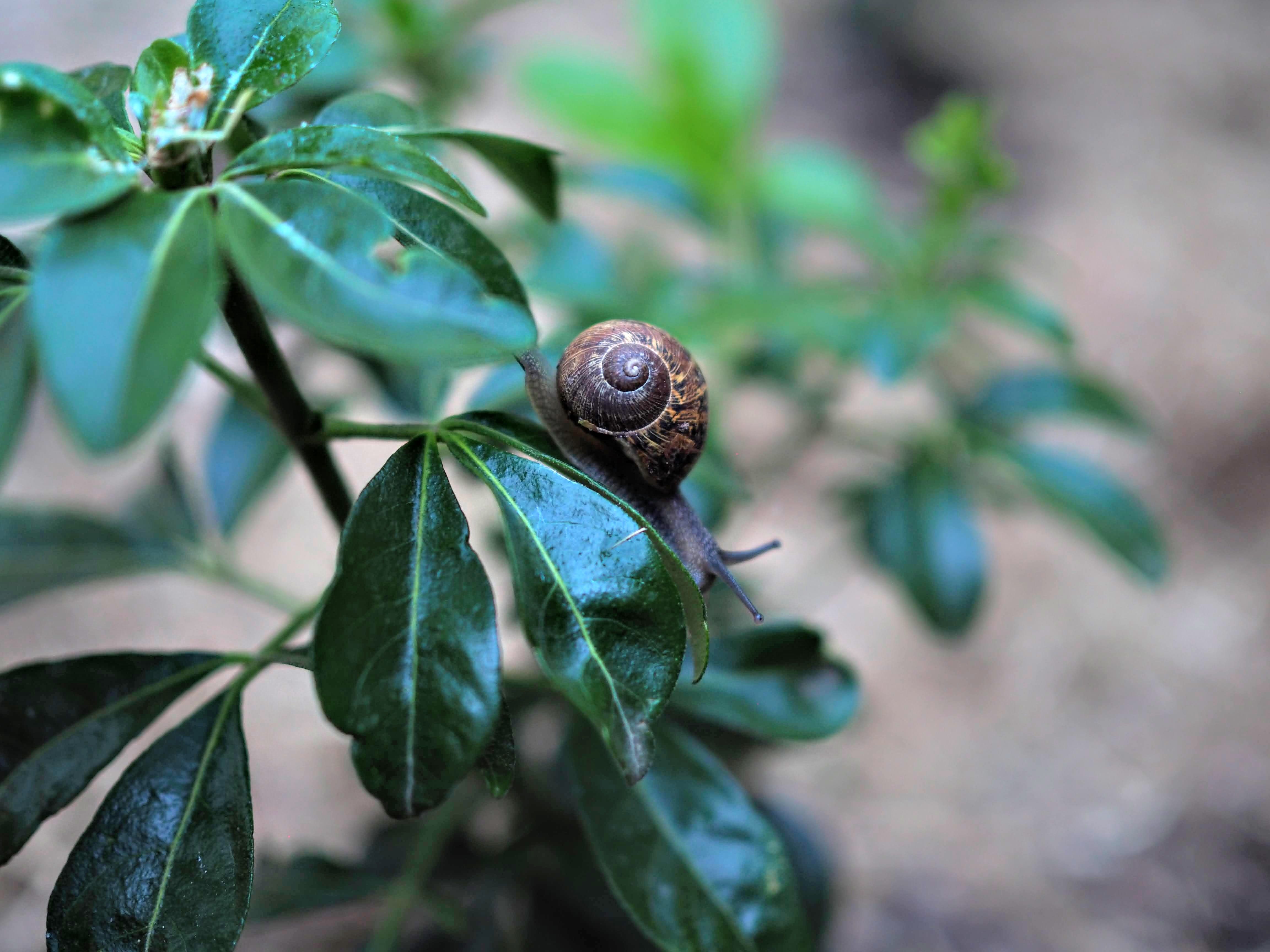How to get rid of snails – wave goodbye to these greedy plant-eaters
Snails can inflict a lot of damage in the garden. We’ve rounded up the advice you need to keep borders snail-free


Wondering how to get rid of snails? You’re not alone. Though they’re not the worst fate to befall a garden, snails can wreak havoc on your latest planting, making a beeline for new growth on ornamental plants and young fruit and vegetables.
Exercising some karma and accepting that you can’t get rid of snails completely reduces the stress but when the problem gets out of hand, it’s good to have a few tricks up your sleeve to safeguard your very best garden ideas from destruction.
Here, we tell you the best ways to get rid of snails effectively as possible – and to discourage them from coming back.
How to get rid of snails
Like getting rid of carpenter bees, getting rid of snails is more about prevention than cure – so if you can identify what they love and eliminate it from your garden or protect it so that they can't reach it, snails will be discouraged from coming in. Equally, create conditions that snails hate and they're likely to be snapped up by predators or unlikely to be attracted in the first place.
How do you know you have a snail problem? Their favorite time to be out and about is after dusk or in the rain, and they’re present in larger numbers from spring to autumn. In the daytime, snails hide somewhere shady, beneath leaves, low branches, planters or under the rim of containers.
If you spot silvery trails on plants, pots or paths, there’s bound to be a snail or slug nearby. And if your plants have leaves with uneven-edged holes, snails are a chief suspect, as they use their rasping mouthparts to gobble their way through fresh young vegetation. Snails can climb higher than slugs so expect damage further up your plants.
What do snails eat?
Snails eat just about everything: from seedlings and the tender new growth of ornamental plants to rotting compost. In the vegetable plot they’ll make a raid on large, leafy greens, tender herbs and ripening soft fruits such as strawberries. Some will even eat other animals such as worms.
Design expertise in your inbox – from inspiring decorating ideas and beautiful celebrity homes to practical gardening advice and shopping round-ups.
Which plants do snails hate?
Not all plants are top of the Michelin Guide menu for snails. To reduce the disappointment of your latest acquisitions being gobbled up, select the plants that snails hate.
Plant Alchemilla mollis (lady’s mantle), Anemone x hybrida (Japanese anemone), aquilegias, bergenia, Dicentra spectabilis, foxgloves and salvias.
How to stop snails eating young plants
It’s a good idea to start off seeds in pots instead of sowing them in the ground where they’re vulnerable to snail attack. To keep young plants out of reach of snails, put them in a greenhouse or cold frame, or in a raised frame on a stand.
Wait until they’re more established before planting them out. A cloche or plastic bottle with end cut off and the cap unscrewed will give them a bit of protection until they’re grown up enough to manage.
How do I get rid of snails naturally?
To get rid of snails naturally, try these easy methods. Most are free, natural and don’t take up much time, so they’re worth a shot. A combined approach will work best.
Put out a search party. You can pick off snails at any time of day, but at night they are more likely to be found. Shine a torch on vulnerable plants and vegetables to find them and dispose of them in a hedgerow or waste ground.
Use a scratchy barrier. It’s tricky for snails to cross a prickly border to get to plants, so sharp gravel, grit, the shells from nuts, eggshells and prickly cuttings may put them off. Set out your barrier in a ring around vulnerable plants. Wool pellets and abrasive dried granulated seaweed are also worth a try.
Sow a tasty crop. Snails can’t resist munching on fresh young lettuce. Giving them what they want by planting a sacrificial row alongside your favorite plants could distract them from the ones you love.
Put up a metal barrier. A metal snail collar, sunk into the ground around a plant can stop snails in their tracks.
Keep pots secure. Try smearing Vaseline around the rim and base of pots. Snails won’t find it easy to cross the barrier and get to your favorite plants. Alternatively, try copper barrier tape around your pots.
What will kill snails?
If all else fails and snails and slugs are getting out of hand in the garden, you might want to resort to slug pellets. Ferrous phosphate slug pellets work on snails too, and they are considered safe around pets, crops and wildlife. They’re suitable for organic gardening.

Lola Houlton is a news writer for Homes & Gardens. She has been writing content for Future PLC for the past six years, in particular Homes & Gardens, Real Homes and GardeningEtc. She writes on a broad range of subjects, including practical household advice, recipe articles, and product reviews, working closely with experts in their fields to cover everything from heating to home organization through to house plants. Lola is a graduate, who completed her degree in Psychology at the University of Sussex. She has also spent some time working at the BBC.